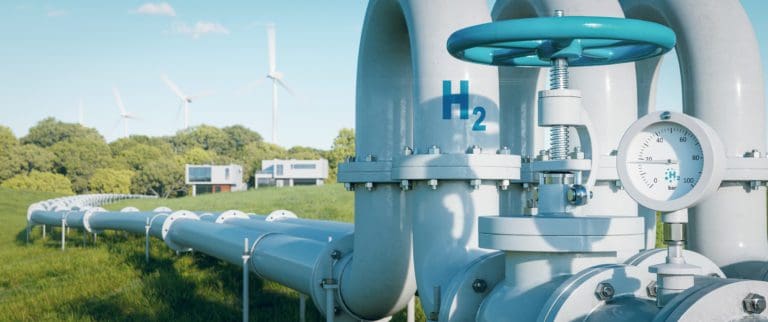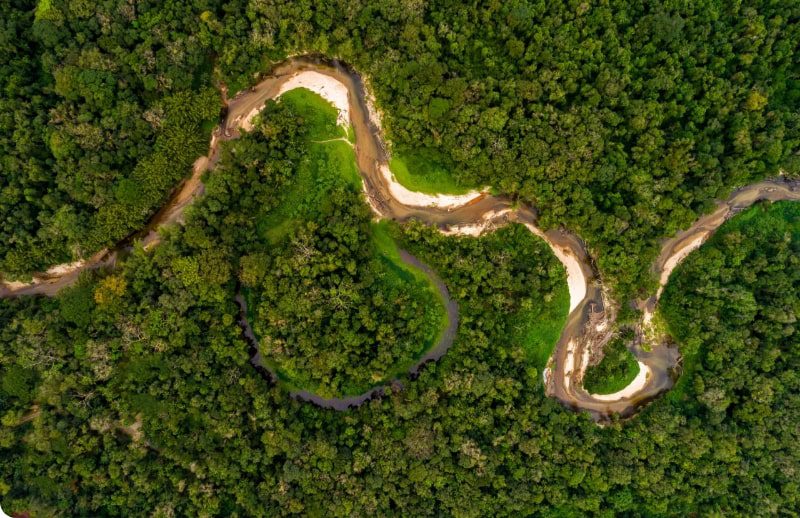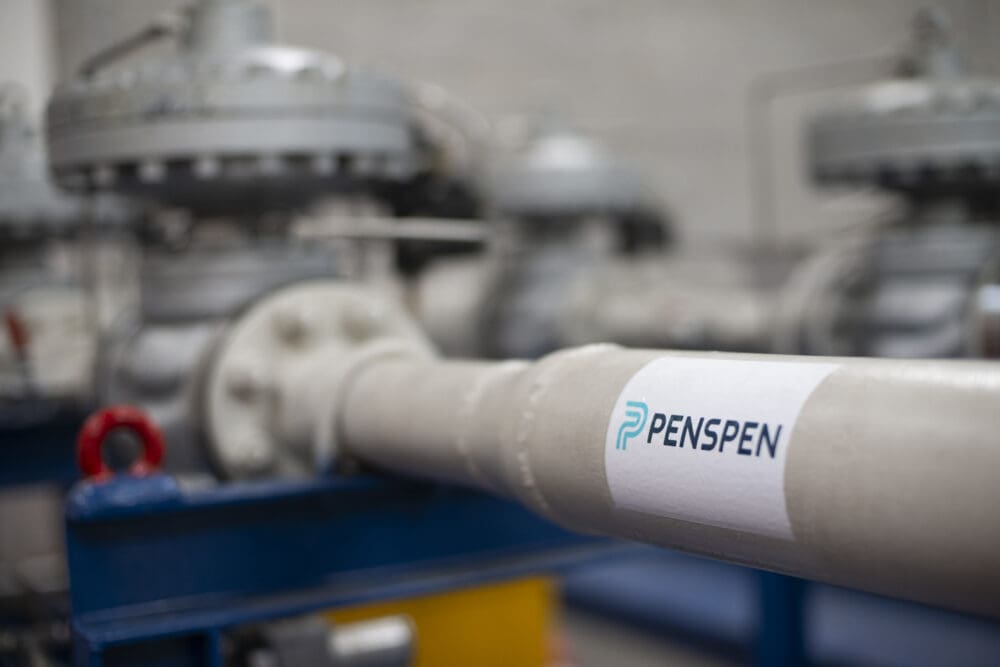Establishing the short and long-term safety of damaged pipelines is important to help assess their integrity under the anticipated loading and environmental conditions. Conducting a Defect Assessment can help achieve this.
Over the past years, Pipeline Defect Assessment has evolved with significant developments of predictive accuracy and reliability in its solutions – for example, the PDAM (Pipeline Defect Assessment Manual) provides the best practices for assessing a wide variety of pressure vessel defects and applying the most appropriate defect assessment methods when looking at pipeline design and uprating.
The Need for Fitness-for-Purpose Methods
Due to the potential of safety hazards, ‘fitness-for-purpose’ methods must be used in a structured and systematic manner, by suitably qualified engineers. There are four phases any engineer should use to question the need for a ‘fitness-for-purpose’ method:
- Appraisal (Phase 1) – the consideration of whether there is a defect there to begin with. ‘Is it really a defect or is it some feature of the inspection method?’ – this train of thought leads into questioning the nature of the defect, as well as identifying the root cause
- Assessment (Phase 2) – the consideration of whether the ‘fitness-for-purpose’ methods will solve the problem. The existing data and its reliability should be taken into account, to help provide better engineering judgment of the problem
- Safety Factors (Phase 3) – the consideration of what safety factors/procedures should be used if the ‘fitness-for-purpose’ methods go ahead. A probabilistic analysis can also be run
- Consequences (Phase 4) – the consideration of what would happen to the pipeline should things go wrong. Risk analysis/assessments should be conducted to help provide clarity
Assessing Defects and Damage in Pipelines
Determining the level of detail and complexity of an assessment is required. Different levels of defect assessment are available, and the method used depends upon the type of defect detected, the loading conditions, the objective of the assessment, and the type and quality of data that is available. More accurate assessment methods generally require more data and are harder to apply. This concept also applies to the involved risk – higher risk levels may justify risk analyses. Engineers/operators must be able to both detect and assess the significance of pipeline defects, to ensure their integrity.
Most of the methods for assessing defects in a pipeline is for the case of internal pressure loading. Pipelines can also fail due to external pressure loading or bending, leading to ovalisation, buckling or wrinkling but not necessarily loss of containment if regular inspections identify the damage early so rectification can be planned. Subsea pipeline can suffer buckling. This is a type of structural failure which can be described in two types:
- Local Buckling – Confined to a short-length of pipe undergoing a gross change in its cross-section
- Global Buckling – A failure mode involving a long length of pipe (a pipe with multiple joints). However, Global Buckling doesn’t result in a gross deformation of the pipe.
Onshore pipelines can also suffer from pipeline buckling, typically due to thermal expansion when operated hot or subjected to significant solar gains.
Third party interaction typically causes pipeline failures. These are statistics available to provide third party incident rates specific to the region where the pipeline is operated. This threat can cause dents within the pipe and in some cases gouging. Interaction of a dent and gouge is a complex form of damage and assessment methods available could be unreliable in predicating the failure pressure, particularly if the damage location is on an area of pipe where corrosion has occurred. Specialist advice should be sought in cases where the damage is complex or multiple damages are reported and could be interacting.
Questions? Contact usRelated Insights

Challenges and Considerations for Hydrogen Integration in Natural Gas Pipeline Networks: A Comparative Screening Methodology
The global transition to hydrogen is accelerating, and repurposing existing natural gas pipelines is a critical step towards a low-carbon future. However, ensuring the feasibility, safety, and...

Overcoming the Challenges in Implementing a Risk-Based Inspection (RBI) Program
Risk Based Inspection (RBI) is a risk assessment and management process that focuses on loss of containment of pressurised equipment in processing and refining facilities, due to applicable damage...

Demystifying Hydrogen Fatigue Crack Growth
With the increasing momentum to adopt clean fuels coupled with the scrutinised investment horizons of maintaining ageing gas pipelines, there are well-established and mutually beneficial...

What Are the Key Integrity Considerations When Repurposing Pipelines for Hydrogen?
With the European Hydrogen Backbone targeting 52,000 km of hydrogen pipelines by 2040 - 60% of which will be repurposed from existing infrastructure - ensuring the integrity of these pipelines will...




